The subtleties of the interior design of the toilet
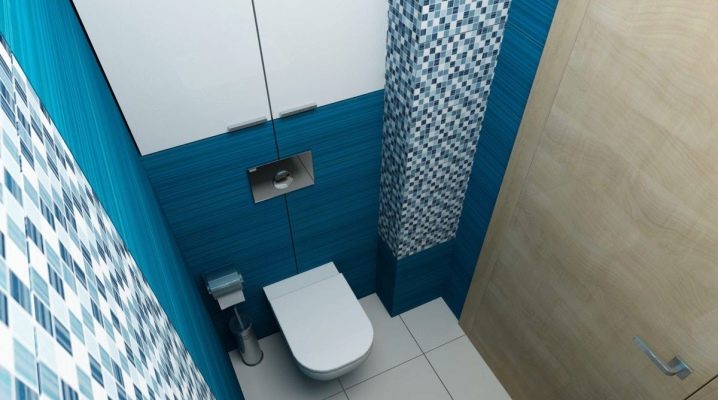
Despite the fact that the toilet is a room that performs purely utilitarian functions, I would like to see there no less stylish, modern and easy-to-clean interior than in the whole house. To make this possible, when developing a design, you should take into account the subtleties highlighted in this article.
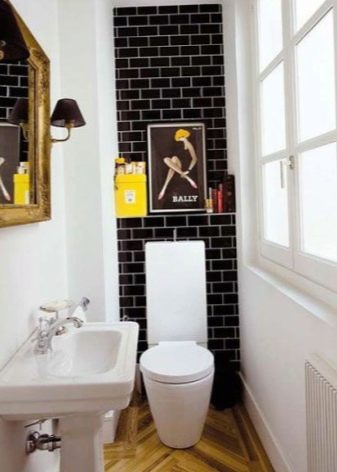

Peculiarities
You should begin to think over all the details already at the stage of the existing rough finish in order to competently and beautifully plan the placement of communications, electrics, lighting, and make zoning. It is important to pay attention to some parameters that affect the design.
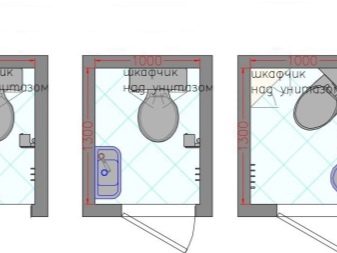
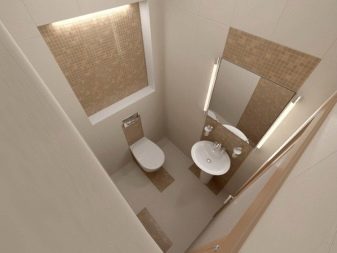
Room size
All further plans and actions for repair depend on what area and shape are available. The main dilemma usually becomes: whether to combine the toilet with the bathroom or separate them from each other. Practice shows that during long-term operation, one combined sanitary room can be convenient only for a bachelor dwelling, which rarely has guests.
When planning, one should not forget about such features as various ledges, niches, windows of the second and first light.
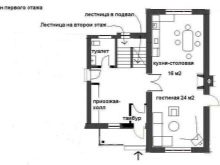
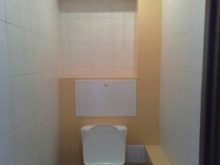

Will they be able to become a highlight, additional storage areas, or will they need to be hidden.
It is important to observe the technological difference in the height of the floor of the toilet and other rooms, or to build a sealed side 3 cm high to temporarily stop possible flooding.
I want to expand the small dimensions, at least visually. For this, there are design tricks, such as the use of light shades, glossy textures, mirrors, additional lighting.
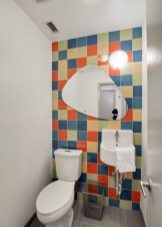
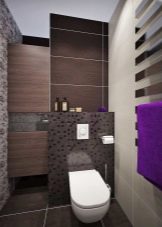
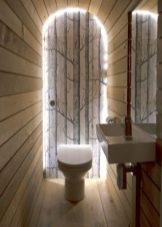
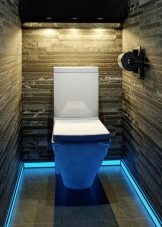
In larger rooms, it can be a rather difficult task how not to overdo it with delights, not to lose airiness, and to use space wisely. It is best to use the help of a designer.
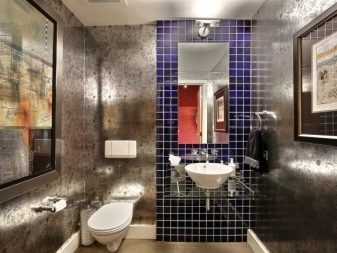

Style selection
Before selecting equipment, it is worth deciding in what style and color scheme the repair will be performed. What can fit into it, and what will have to be hidden and how, if you cannot do without it. You can support the basic design of the entire apartment, make the rooms contrasting or complement each other.
Current trends in design.
- Eco style, chalet, Scandinavian style. If it is not possible to use high-quality moisture-resistant natural wood or stone, you should choose artificial materials that are as similar as possible to natural ones in color and texture.
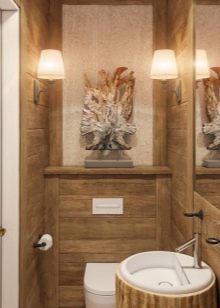

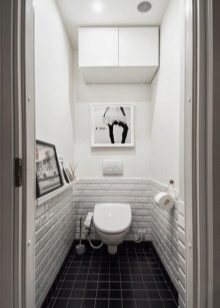
- Loft, industrial, modern: a combination of brick, ferrous metal, rough plaster, external metal communications and wood. Moisture-resistant materials with imitation of the surfaces of rusty metal and concrete are the squeak of fashion in 2018. Many fashion manufacturers have introduced these textures into their latest collections after the last European exhibitions.
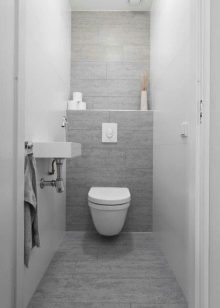
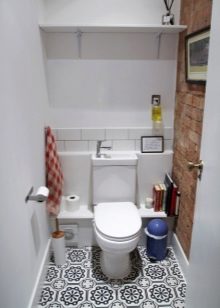
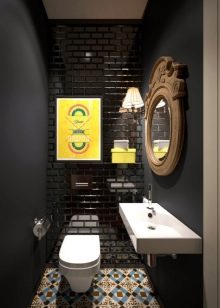
- Minimalism: calm smooth laconic forms, 2-3 colors (black, white, gray, brown, rarely +1 active color in small quantities), hidden invisible cabinets, thin glass shelves and partitions.
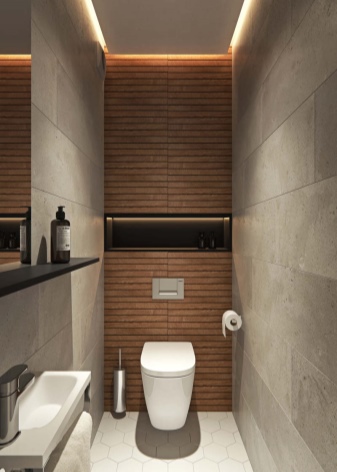
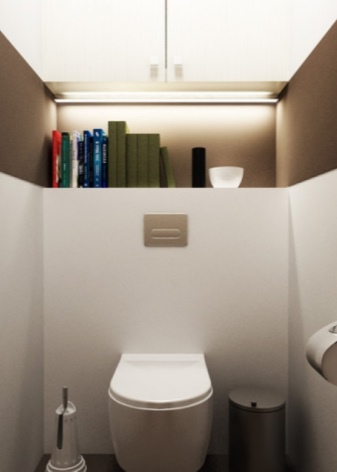
- Country, provence, shabby chic: an abundance of elements made under painted or artificially aged metal and wood. Pastel shades: beige, green, pink, blue, lavender, as well as a check and a small flower. The use of textiles from cotton, linen, canvas.This can also include marine and fishing motifs, the color palette will consist mainly of blue and blue-white shades, a specific decor will be added - ropes, boards, nets, shells, fish;
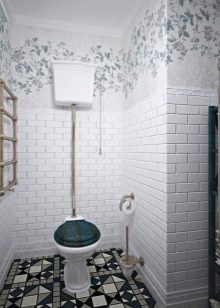

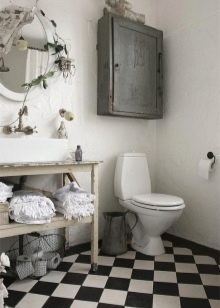
- Classicism, baroque. They are characterized by the presence of more or less restrained chic: an abundance of stucco, carving, gold or silver in the decor, complex patterns, wall painting (or its imitation). Classicism is more restrained.
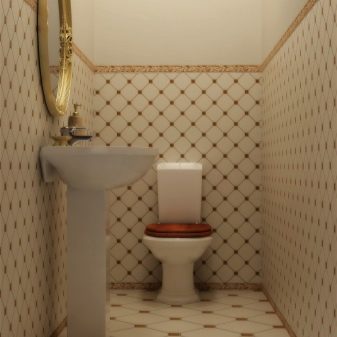
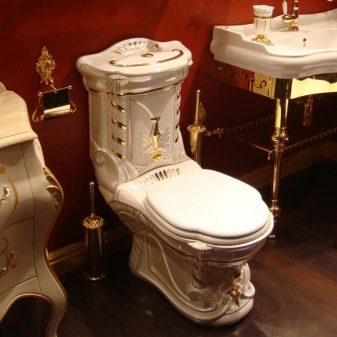
- Glamor is gaining ground again in the coming season. The owners should have a healthy sense of humor and a certain amount of shocking, frivolity. Glamor means a combination of fur and glitter: gloss, gold, mirrors, fake jewelry, fancy chandeliers, pop art images.
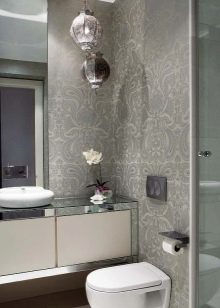
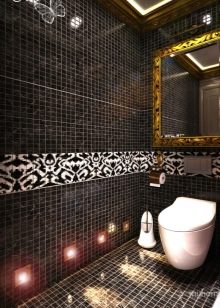
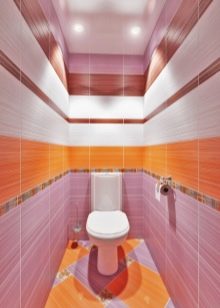
Choice of equipment according to budget and needs
In accordance with the size and features of the placement of communications, in addition to the toilet, shower, bath, you can install a bidet, a sink for your feet, a boiler. Instead of a bulky tank, arrange an installation in the wall, hide pipes, think over ventilation, place a washing machine and dryer. It will also be possible to zone the space: allocate storage places for household chemicals, towels, cleaning items.
With the minimum size of a separate toilet, you will only have to choose a high-quality toilet bowl, a cistern and how to fix them.
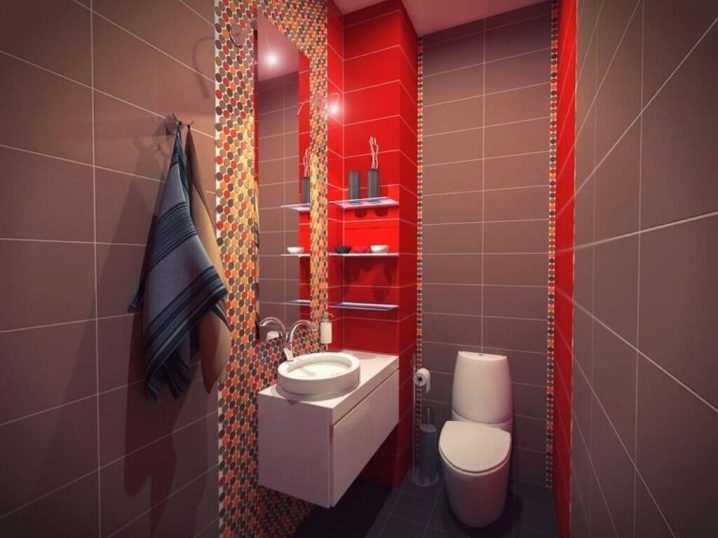
Wall hung toilet with installation is an excellent solution for those who want to save space to the maximum., make cleaning easier, use comfortable and beautiful technologies. Installing the installation to the middle of the wall will allow you to equip additional storage areas above it in the form of open shelves or niches with doors.
Such a design costs 6,500-35,000 rubles and withstands an average of 400 kg of weight, that is, it is no less reliable and not particularly expensive than stationary models.
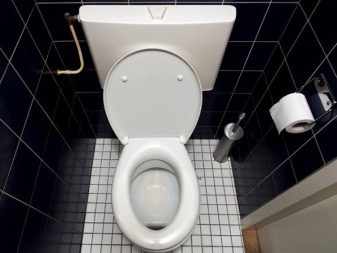

When repairing, the first item on the to-do list should be the replacement of old pipes with PVC. Further, all communications are hidden behind moisture-resistant structures (for example, from drywall), leaving the opportunity to check the meters (revision doors) and replace them if necessary. After that, they are engaged in finishing, starting from the floor, walls and ending with lamps and the ceiling. At the very end, decor and accessories are mounted.
The specificity of the premises implies the choice of materials that are easily washable, moisture resistant, and do not absorb odors.
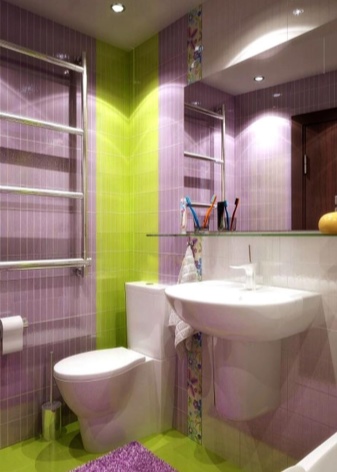
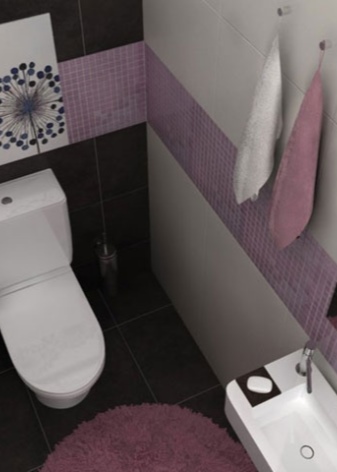
The most suitable finishing material for walls and floors is still ceramic tiles, tiles or porcelain stoneware. In more detail, the various types of finishes will be discussed below.
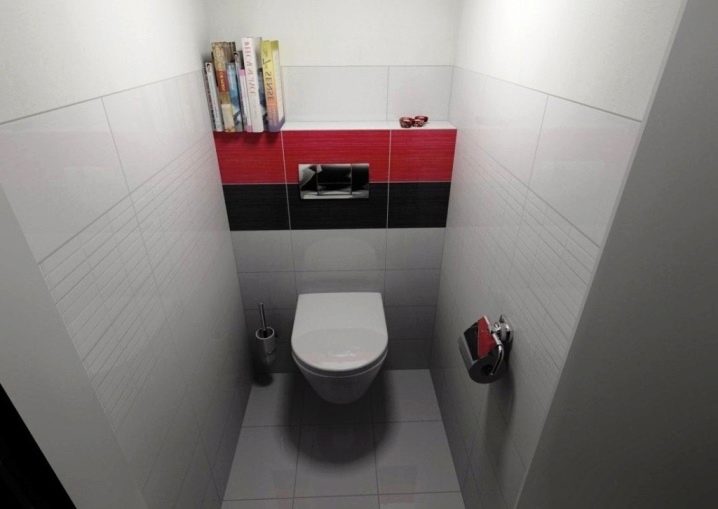
Selection of accessories, lighting scenario
After you have chosen everything that is basic and important, you can proceed to the design and decor. Pick up various holders, shelves, mirrors, lamps, textiles.
For hi-tech and minimalism, glass shelves without frames are suitable, mirrors with invisible corner-holders, transparent containers for toothbrushes, soaps. The classics will prefer ceramic accessories, imitation of gilding, carving, plaster moldings. Loft and Art Nouveau love black forged metal of rectilinear rough shapes or with floral ornaments.
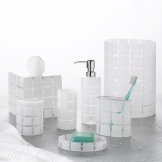
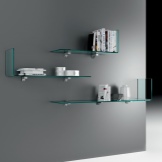
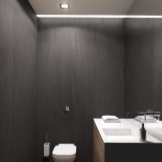
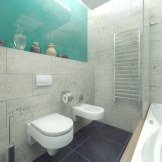
If the toilet is separate and very small, you should not overload it with "Led-color music", it is enough to install the main overhead light, you can delicately highlight some shelves.
A very convenient and economical solution is a light that turns on automatically, that is, with a motion sensor (not suitable for pet owners).
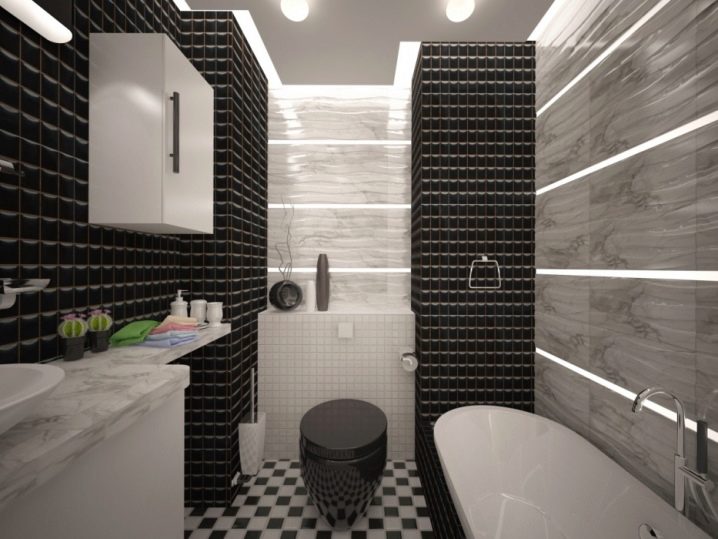
Lighting script is a matter of taste. Some people will be pleased to be in a restroom with a dimmed, calm light, but while cleaning, you still need to think about a bright white light. This will help the installation of a dimmer or dimmer (variator). And someone will prefer to make more effort, but to realize their dream - a fake window on the wall or ceiling with imitation of natural daylight. The main thing is that energy-saving bulbs are used everywhere.
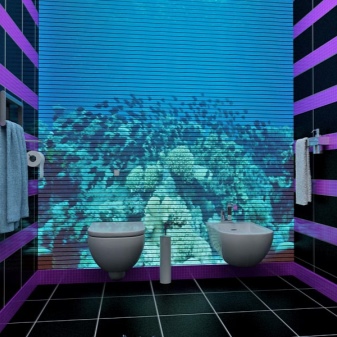

Varieties of premises
Most often in apartments we see narrow small rooms with an area of 2 sq. m. Communications are located at the back or on the side wall. Sewing them up, it will be convenient to arrange a storage area: for example, a niche closed with doors or a roller shutter for household needs. Alternatively, leave open shelves with lighting to accommodate decorative items (such as incense, candles) or even beautifully folded toilet paper.
In a private house, as a rule, the design is already more spacious, from 3 sq. m, and often already taking into account the hidden pipes.
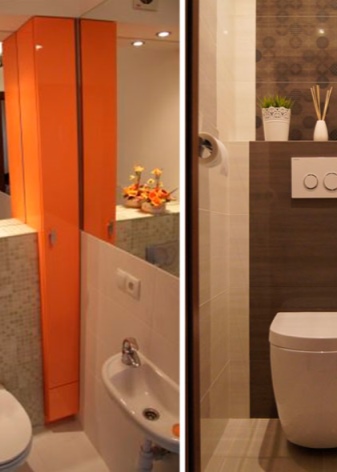
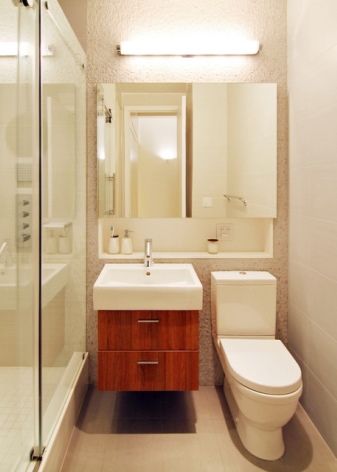
In this case, an additional washstand with a mirror, a curbstone, a washing machine will be conveniently placed.
The most common ceiling height is 2.5-2.7 mbut there are also full-size latrines. In this case, a visual cut-off at a height of 2.5 m will make such a room comfortable for staying and leaving. It can be a decorative border, molding, or simply a change in color and type of finishing material.
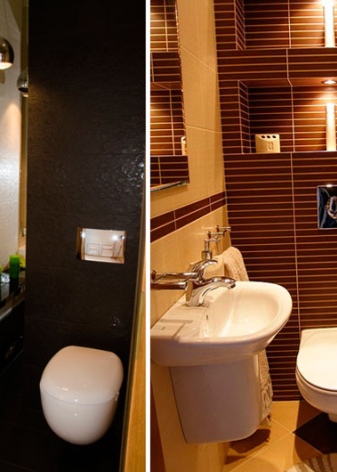
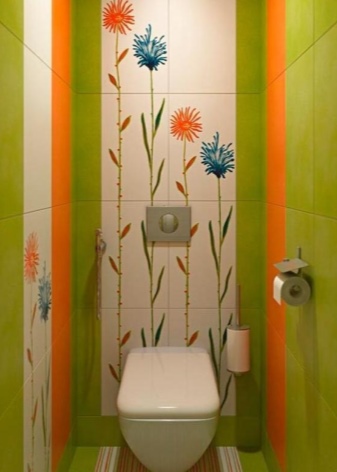
Returning to the question of a separate or combined bathroom, one cannot fail to mention the following. A closet combined with a bathroom can also take place in a house with a large family, but on condition that there is also a separate toilet, for example, on another floor. Then it is really possible to place all the necessary plumbing and the washing area in one place next to the water intake.
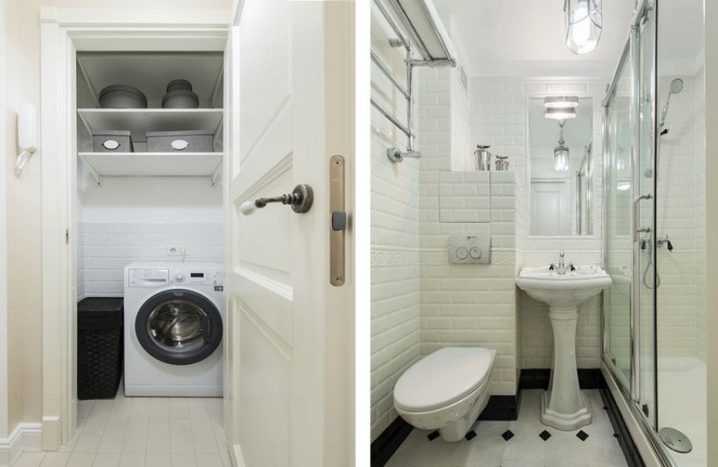
Pros of split placement.
- Saving. If this type of toilet was originally provided for, then you will not have to spend significant funds on transferring communications, installing pumps for water and sewerage.
- In the case of permanent residence of more than 1 person, this is more comfort, intimacy, no need for long waiting times and better sound insulation.
- Ease of use in terms of different frequency and specificity of cleaning both rooms.
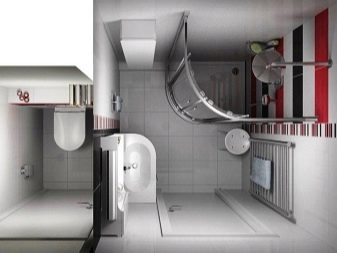

If it is possible to expand the room from 1 to at least 1.2 m, it is better to use this.
Such a solution will allow you to slightly shift the door to the side, place a toilet bowl, a bidet in a row along a long wall, and a small washstand opposite the door in the corner. The passage must remain at least 600 mm.
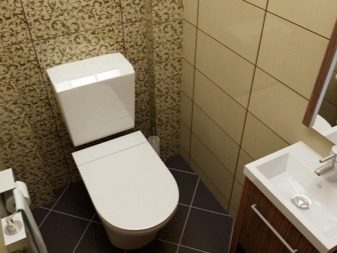
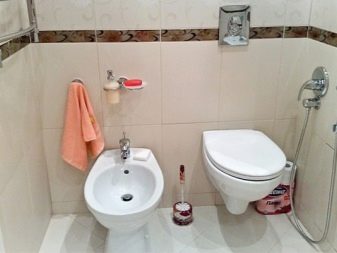
Design options
If it is still difficult to decide on the choice of style, you can use the time-tested universal advice.
- Start from the interior in the rest of the housing. For example, everything is designed in a relaxing Scandinavian style - calm gray-white basic tones, rare bright accents, a combination of wood and knitted / fur textiles, specific prints and ornaments. It would be strange and, perhaps, uncomfortable, going into the restroom, to find some kind of harsh industrial with rusty metal, pipes outside and harsh technical light, or some Arab motives a la hammam.
- For a new studio with young people living in it - loft, modern, minimalism, hi-tech, contemporary, Scandinavian, eco-style. For the cottage - classic and rustic designs. There are, of course, exceptions, here it is worth starting from the architecture of the country house itself and the personal preferences of the residents.
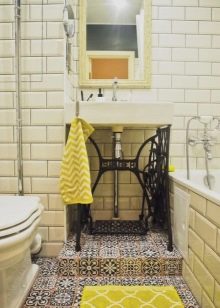
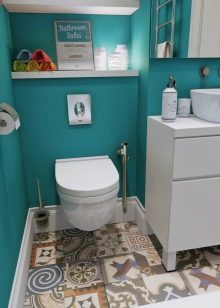

- For small rooms - white and other light shades with glossy textures, a lot of light and mirrors, a minimum of decor.
- In "Khrushchev" or "Brezhnevka", it is better to focus on quality work done from good materials and a calm finish with a reasonable budget.
- A stylish project, taking into account all the wishes and characteristics, will be created for you by a professional designer. Thus, you will save on alterations, mistakes, and a fresh renovation will delight the whole family for many years.
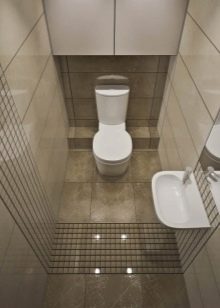
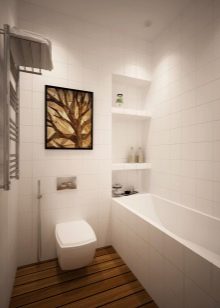

- It is best to include in the estimate a system with installation, it will provide an excellent appearance and space saving, convenience when cleaning.
- Happy owners of two toilets can make one of them "guest". You can arrange something interesting, surprising and unusual in them such as multi-colored lighting, an interesting shape of a sink, a floor with a 3-D effect, devices with automation, which can be observed in some creative office or hotel toilets.
- The way the tiles are arranged and the direction of the pattern play an important role in the visual change of dimensions. For expansion, the tiles are laid vertically or diagonally.

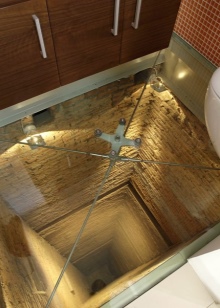
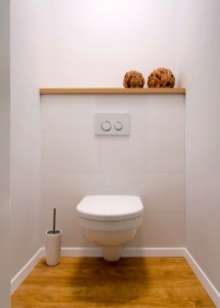
Here are some more design solutions depending on the toilet equipment.
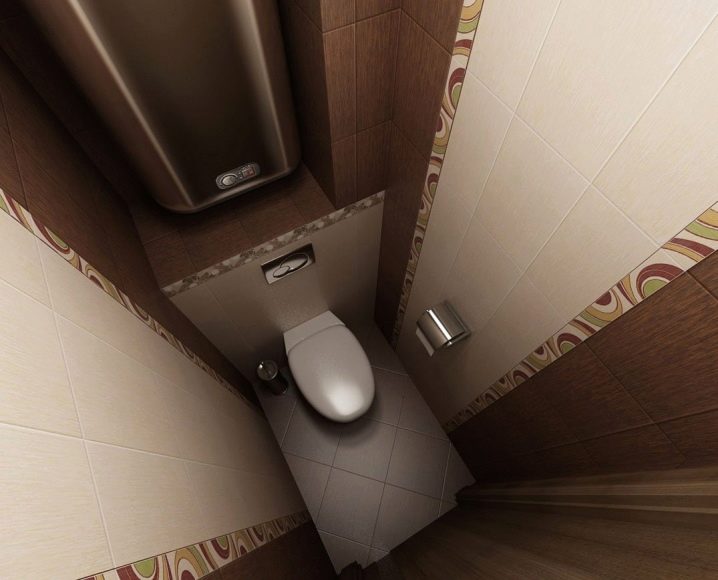
Combined
Now it is fashionable to put both a bathtub, even a small one, and a compact shower cabin.Choosing the option with only a shower, an interesting solution would be to arrange a drain directly in the floor, raising it above the general floor level and separating the shower with a partition. Bulky multifunctional shower cabins, similar to some kind of space capsules, are now completely out of favor. Simplicity, clarity and free space are in fashion.
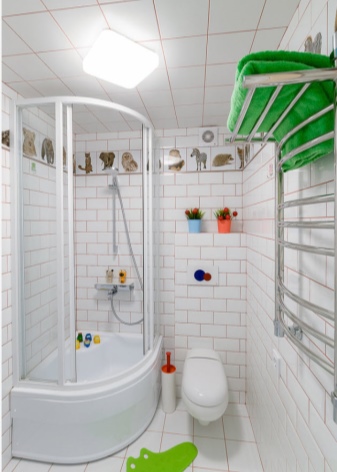
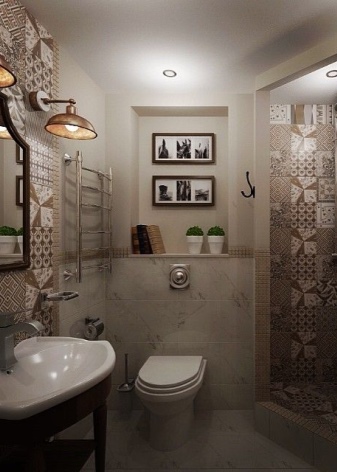
With washing machine
The option of placing a washing machine above the toilet can be encountered in the event of a catastrophic lack of space. Such a neighborhood may seem unpleasant and uncomfortable to someone, but if there is no other way out, then the washing machine is placed above the toilet with the help of a metal rack-column and recessed into a niche along with pipes. Or the technique is installed on a pedestal.
The structure must be extremely stable and reliable, withstand vibration and considerable weight of the machine.
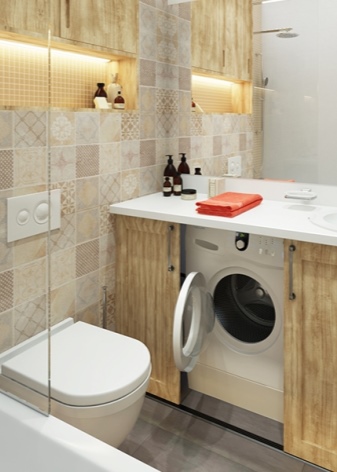

This can only accommodate a compact front-loading machine. If the layout of the apartment allows, then the best solution would be to equip a niche for a typewriter in such a way that the loading of linen takes place from the next corridor or kitchen. All this can be closed with a neat perforated door in the color of the walls, which ensures unhindered air exchange.

In this case, we are no longer talking about design, we can only recommend choosing the most classic type of equipment and decoration: white plumbing and washing machine, light ceramic tiles, white ceiling and bright warm light from 1-2 sources.


With lockers
The design option with wardrobes is the most practical. Shelves are placed behind the cabinet doors. Doors must be ventilated, for example, with bars. They can be in the color of the walls, wood or metal, contrasting in color. You can use frosted or opaque stained glass in the doors. If the glass shines through, you will need to take care of the bottles, baskets and boxes beautifully placed behind it. In this case, you can even provide lighting in a cabinet with transparent doors.
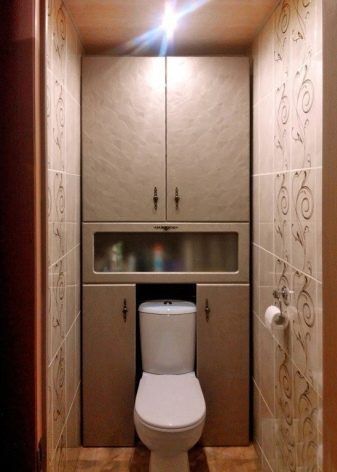
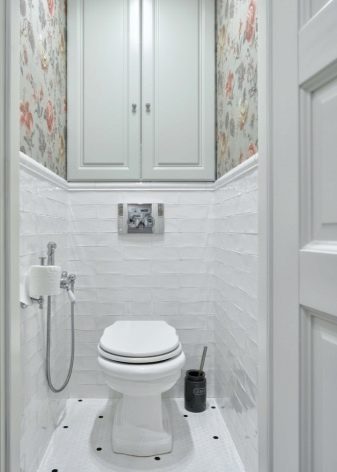
Baguettes, frames, white or gilded, will look interesting and unusual if you trim cabinet doors with them.
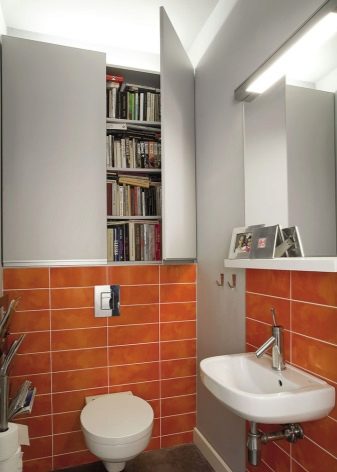
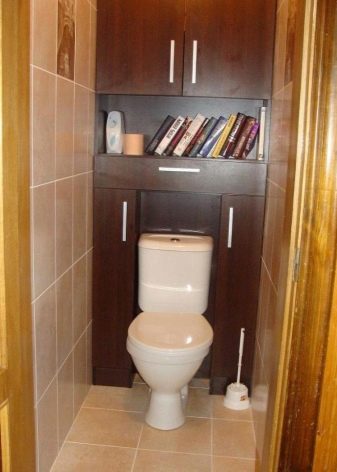
This will support the style of classics, baroque or glamor.
If there is no niche, then right above the tank you can place a rack on which tall boxes or baskets with household chemicals and other necessary items can be placed.

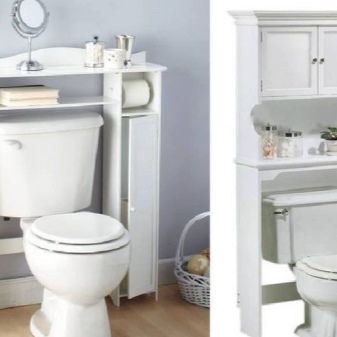
With water heater
A toilet with a boiler is a very wise and correct solution in a modern home, where interruptions in water supply are not unusual and the cost of electricity is less than that of hot water.
The boiler is usually also hidden behind a door and must be easily accessible for inspection and maintenance. So the heater does not take up extra space and is not conspicuous. The most aesthetic option for placing a water heater, as well as pipes, is behind a secret door that opens by pressing, finished in the style of the main wall, decorated in a bright panel or in a contrasting color.

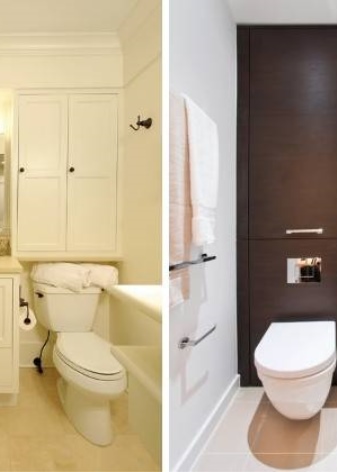
Color solutions
The color scheme is often dictated by the pre-selected plumbing. As a rule, budget models are made in white, gray, blue. Accordingly, it is easier to combine with them finishes to match.
More interesting designer plumbing is presented in a wide range of colors. In various collections you can find red, blue and other bright colors, as well as toilet bowls with exquisite decor: painting, gilding.
The most hygienic traditional white color requires regular careful maintenance, but it is the most tolerant of various household chemicals.
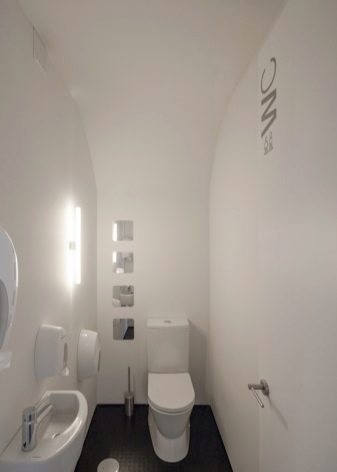
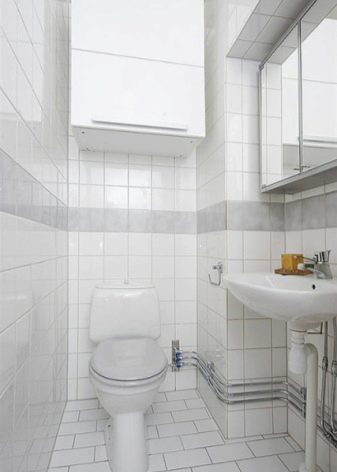
The most popular and fashionable colors are beige, brown, gray with the most natural texture of wood and stone.
The black color of plumbing can be a starting point for finding various interesting combinations with burgundy, dark emerald, yellow, gold or other colors.
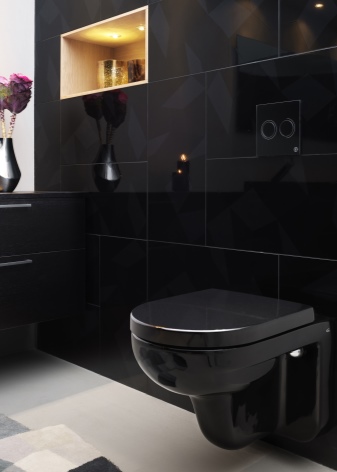
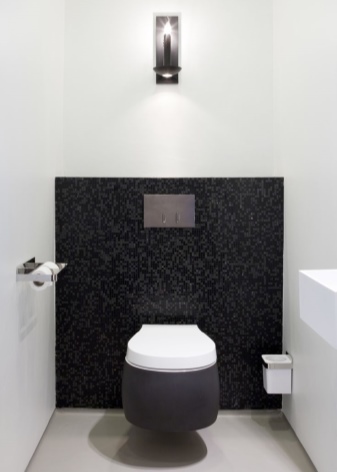
Tiles or interesting bright wallpapers will become a bright detail with an active decor. (perhaps with an imitation of a fresco, painting or photo wallpaper), in this case, the rest of the finish is best done in white or some other light color, supporting one of the shades of the pattern.
If you really want to install a toilet in a bright color, it would be best to purchase a toilet seat with a lid of the desired color, and leave the plumbing itself as usual white. This will save money and time for the selection of other materials, facilitate cleaning.


Tools and materials
Ceramic tiles, while retaining all their historically valuable properties, in addition can be very fashionable and beautiful, for example, imitate natural stone, marble and wood. The cost of 1 sq. m of Russian-made tiles, depending on the manufacturer and design, is 150-550 rubles or more.
Basically, tiles and ceramic tiles are one and the same thing.

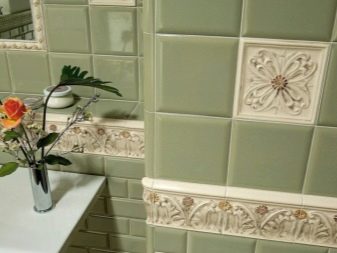
Porcelain stoneware is distinguished by its high strength and low porosity due to the higher firing temperature of raw materials and high pressure in the press. This material is recommended for use in premises with high traffic, but in residential premises it can be used in addition to tiles or on its own. The price varies from 80 rubles per piece or from 250 to 3000-4000 rubles per sq. m.
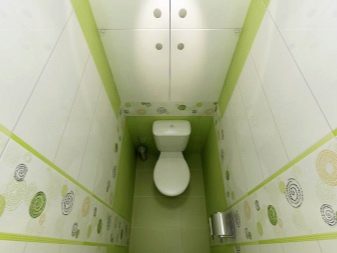
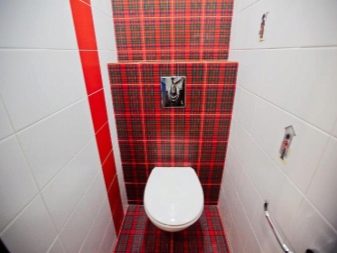
Floor tiles can be matched with a shape and texture imitating wood planks or square stone slabs. Interesting effects can be achieved using tiles of an unusual shape - in the form of various polygons, waves, tiles.
There are different types of tiles and porcelain stoneware, providing a huge variety and choice.
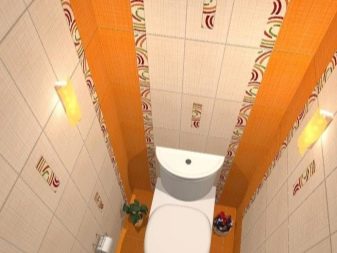
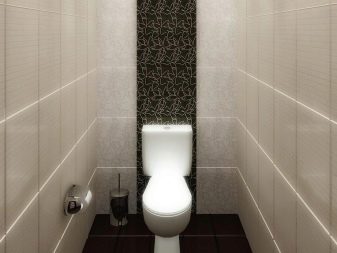
DiMarmi products are squares with a curly edge. The texture imitates a mosaic, and its pattern resembles a weaving of a vine or a brick.
Price per square 25x25cm - from 200 rubles / piece.
A mosaic is a small tile that can be used on one wall for a change, or you can lay out the walls and floor completely. The price of a simple mosaic for 1 sq. m - 70-350 rubles, the price of a more interesting artistic mosaic is about 1000-2700 rubles.
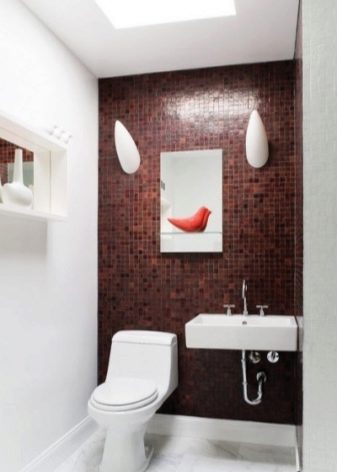
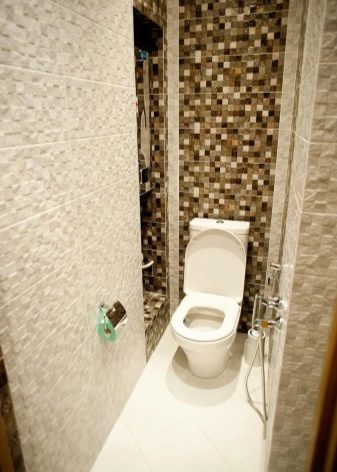
Cotto ceramics are traditionally used for exterior decorationeg terraces, patios, garden paths, plinth cladding. Cotto comes from Renaissance Florence, where it was used in the decoration of religious buildings, and then in the homes of wealthy Florentines. A feature of this species is its rough texture and terracotta, earthy shades. The surface will not allow slipping. Cotto for indoor use is additionally sanded and coated with special compounds or wax. Cotto from the CIS countries costs from 400 rubles per sq. m, Italian and Spanish craftsmen offer their products at a price of 1500-3500 rubles per sq. m.
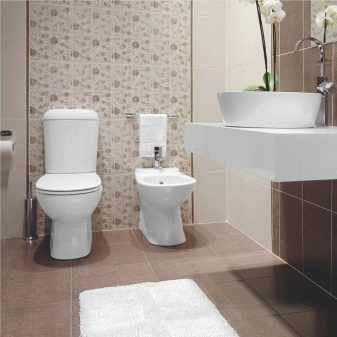
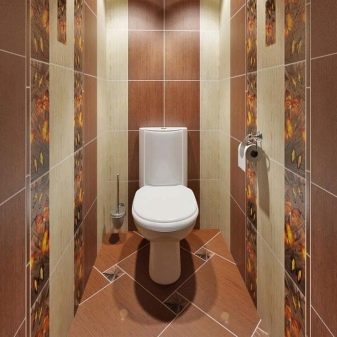
Metlakhskaya - small-format tiles of various colors without glaze.
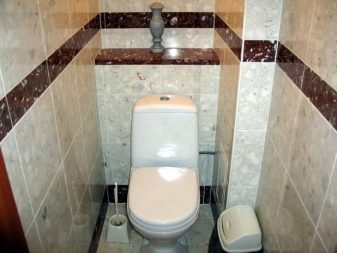
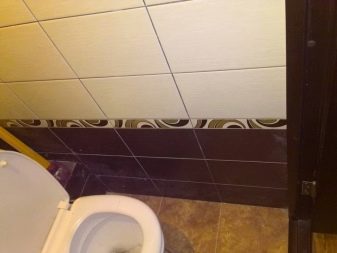
It has greater strength and fine porosity, in terms of moisture resistance it is akin to porcelain stoneware. Each piece is uniformly dyed over its entire thickness with one color, which means that the material is absolutely resistant to abrasion. It got its name from the town of Metlach, Germany, where the tile factory is located (one of the first to export products to Russia). Beautiful carpet patterns are laid out from the broom, since it is produced in various colors and small in size (3-20 cm). The range of prices is large: for a square of 10x10 cm they ask from 50 rubles, for 17x17 cm - up to 3,500 rubles, for 1 square meter - from 350 rubles.
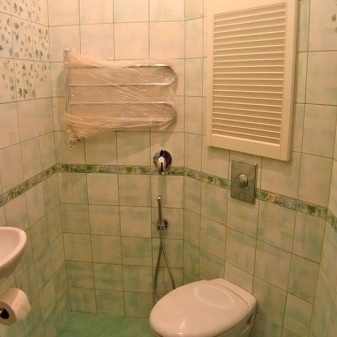
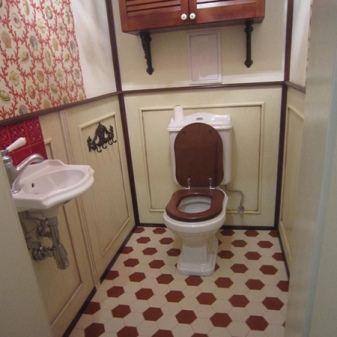
In addition to these examples, there are many more names and varieties of this facing material, depending on the subtleties of manufacturing and the resulting characteristics (majolica, cottoforte, terralgia, monocottura, bicottura, cotto, clinker and others). In general, they all meet the necessary strength and moisture resistance requirements and can be used with confidence in toilets and bathrooms.
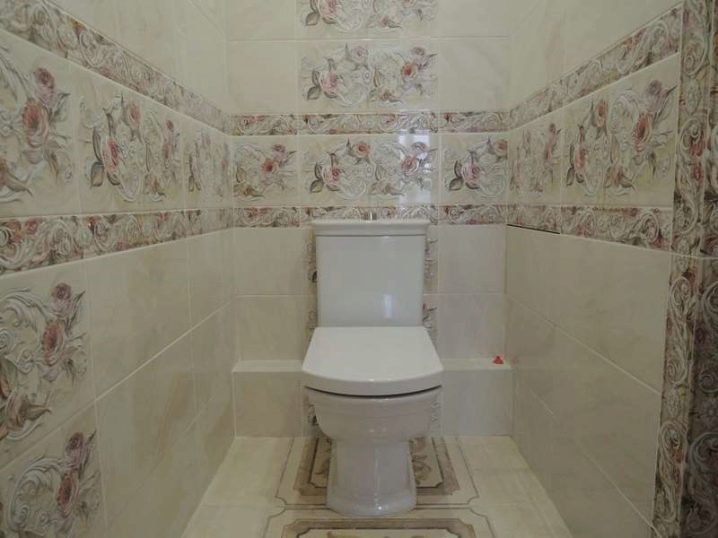
If the design you like and the price are not a sufficient reason for the purchase and you still have questions, it is worth asking in detail about all the intricacies of a specialist in a ceramics salon.
Having chosen the type of tile and the method of its location, the scope of work is calculated: the area of the floor and wall sections + 5%, taking into account the seams and decorative inserts.

Then the required amount of materials is purchased.
Roughly estimate the required number of tiles per square meter. m is possible by subtracting 7-10% from the wall area. For each square of area, you will need approximately 1 kg of grout and 25 kg of tile adhesive.
For laying any kind of tile, the most even base is required., as well as metal and rubber spatulas, plastic crosses, tile cutter, moisture resistant primer. After the preparatory finishing, you must first mark the surface, starting from the center. The rows are laid strictly according to the level. In terms of time, the installation of tiles is the longest way, it can take from 18 hours along with the preparation of the surfaces (excluding the drying time), even for a person with experience.
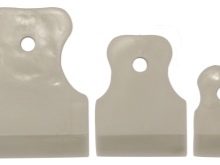
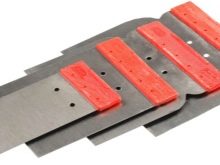
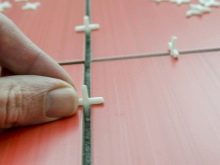
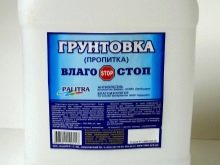
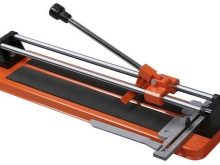
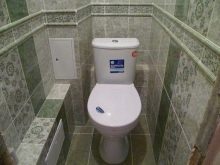
The next suitable material for finishing is non-woven or vinyl wallpaper., ordinary or paintable. Since, in fact, these are polymer films, as a result, they have increased moisture resistance, many original colors, which allows you to create any design. A big plus of the wallpaper is the ease of pasting and dismantling. The size of one standard roll is 0.53x10 m, the cost of a roll is 300-2000 rubles. Wide wallpapers have a size of 1.06x10m per roll and cost about 500-3500 rubles. There are also high-strength wallpapers that help to finally level the walls, smooth out irregularities, the cost per meter-wide roll is 4000-6000 rubles.
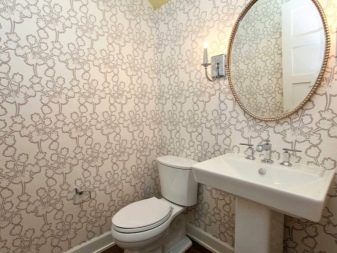

When choosing vinyl wallpaper, pay attention to the markings in the form of waves.
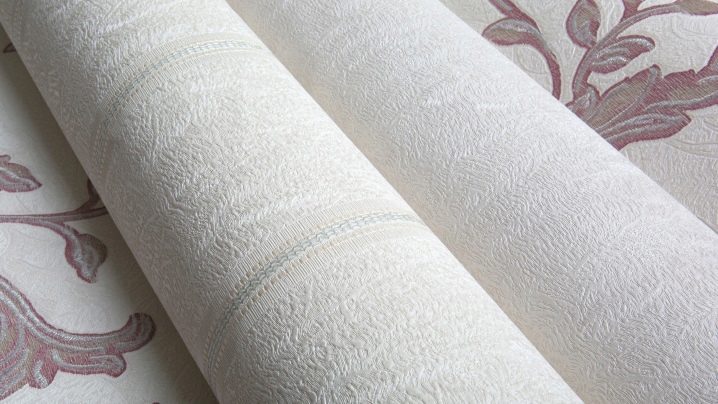
3 or more waves will mean that the wallpaper can not only be washed with water, but also rubbed with a sponge, use a washing vacuum cleaner.
To further simplify the process of wall renovation, self-adhesive wallpapers have been created. They are already impregnated with special glue, it remains only to carefully prepare the walls, wet the canvas and glue it evenly.
In the immediate vicinity of plumbing, it is still recommended to arrange protective aprons made of tiles, plastic or transparent tempered glass.
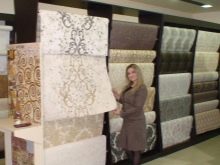
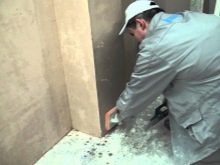
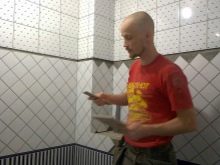
A relatively new material - fiberglass, created from the finest threads of interwoven fiberglass.
They have a varied relief and are intended for subsequent application of latex paint. Such products are absolutely not afraid of moisture, and they are also very durable, but it is quite difficult to work with them. A big plus of cullet is environmental friendliness. They absolutely do not smell and do not emit harmful substances even with strong heating.
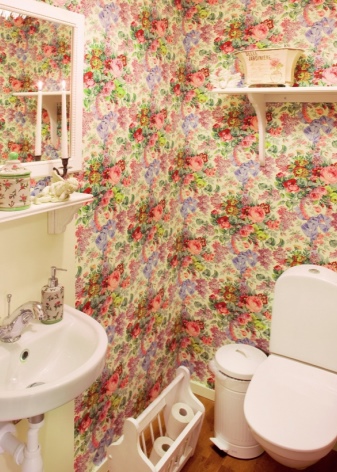
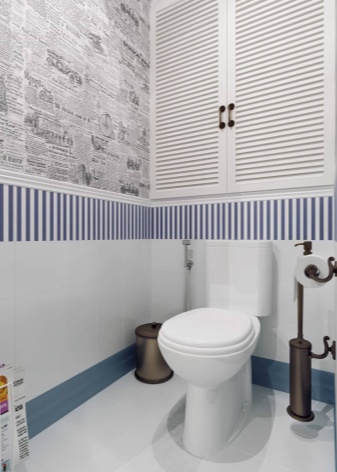
The most inexpensive finishing method is plastic panels.
They have the following disadvantages:
- a little more difficult to install, this requires metal guides;
- their installation will "eat" 2-5 cm on each side;
- less attractive and unnatural appearance;
- when heated (and fire), they emit harmful substances, melt.

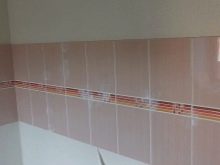
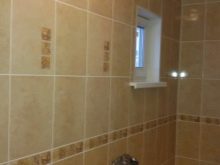
The cost of a 250x2700 mm panel starts on average from 120 to 350 rubles. PVC panels are good for their durability, versatility, 100% moisture resistance, not picky when washing.
Wooden panels and boards in decoration, as well as tiles made of natural stone, as well as their veneer, is the most luxurious option in appearance and price.
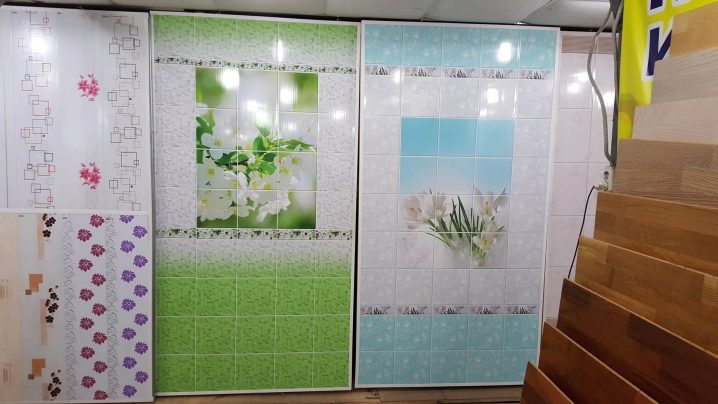
Stereotypes tell the townsfolk that a tree swells and cracks from water.
But if you think about what baths, saunas and even ships are built from, it becomes clear that this is not so.
The whole secret is that the tree must be treated with special compounds., varnishes to increase moisture resistance, protect against fungus and insects, be stored and harvested in a special way, and therefore high-quality material cannot be cheap.

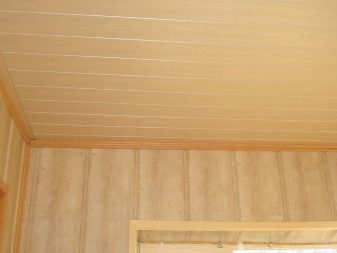
In addition, it is not at all necessary to sew up everything from floor to ceiling with larch, the most wet areas can be given over to the usual and reliable tiles or more democratic plastic with similar wood patterns.
The best breeds in terms of moisture resistance are Brazil nut, beech, elm, oak, ash. Materials with sufficient resistance to water and steam - exotic bamboo, cork, mahogany, coniferous larch and cedar, merbau bean, Indian oak - teak, Sumatran Shorea or Giant Balau, wonderful Platonia or oily bakuri fruit tree.
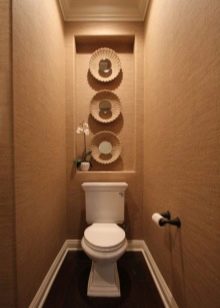
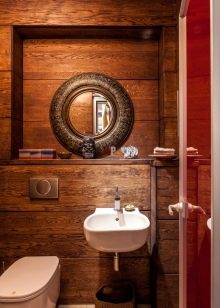
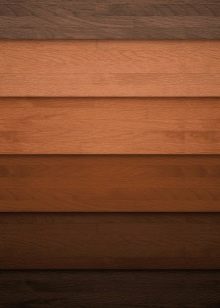
In addition to finishing the floor and ceiling, very beautiful facades for furniture are obtained from wood.
It is not recommended to place it near the most humid zones, because in addition to solid wood and veneer facades, MDF and chipboard are used in furniture production, which are still not moisture resistant.
It is now fashionable to make shelves and countertops from wood cuts of irregular shapes (slabs), following a rustic eco-style. Even a shell bowl can be made from the so-called petrified wood.
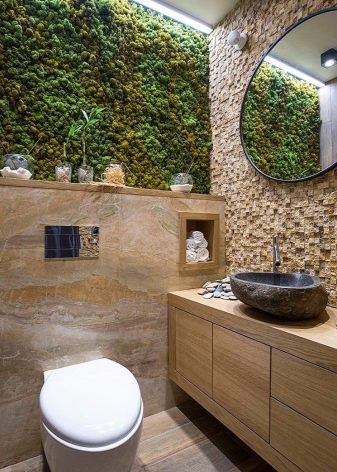
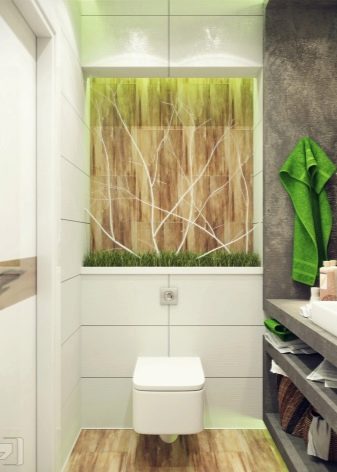
The use of natural wood requires careful maintenance: periodic polishing and renewal of impregnation (every 3-5 years). Ventilation is arranged with special care: forced is added to the natural one. It is important to remember about the high porosity of wood and cork and their increased susceptibility to odors.
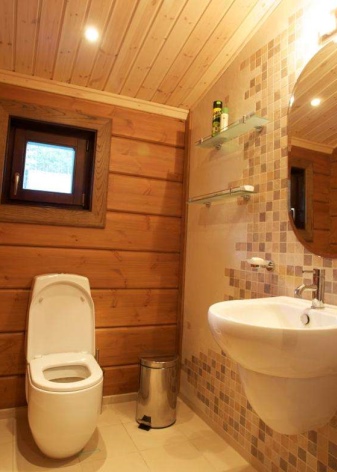
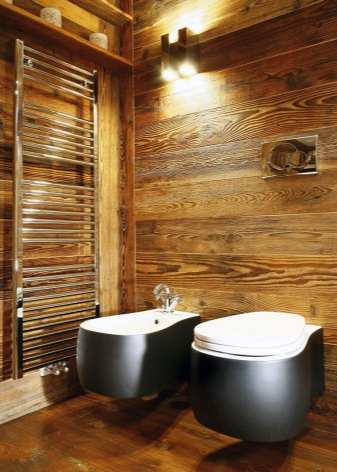
Finishing can be done with decorative plaster. For this, the surfaces must be well leveled with putty, primed, and the plaster must have increased moisture resistance. It is better to avoid overly embossed application techniques for ease of cleaning, or to do this finish only half the height from the top.
With the help of decorative plaster, specialists will make fashionable imitation of concrete or velvet, as well as bas-reliefs that are perfectly combined with gypsum stucco molding in the classics.
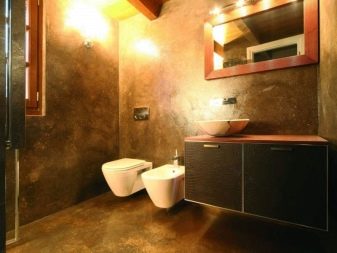
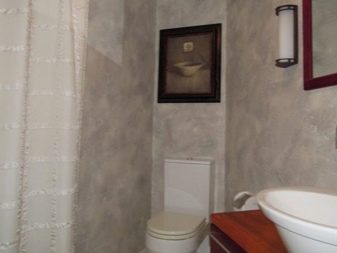
In addition to decorative filler, sand and cement, sanitizing plaster, suitable for a humid environment, contains polymers or silicones, which give it strength and moisture resistance.
By the type of the resulting texture, decorative plaster is:
- Venetian. The smoothest embossed, which means it is easy to clean. The glossy surface, using skillfully selected colors, can imitate natural polished stone.
- Structural. If the room is not sufficiently ventilated (remains damp for a long time), then water will linger in the protrusions and depressions, and mold will form.
- Mineral. Has additives in the form of various sizes of stone chips, generally suitable for humid environments, but can be traumatic. You should be careful not to injure your skin, for example, by slipping.
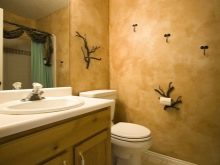
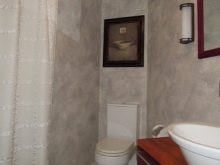

Plastering is a creative process.
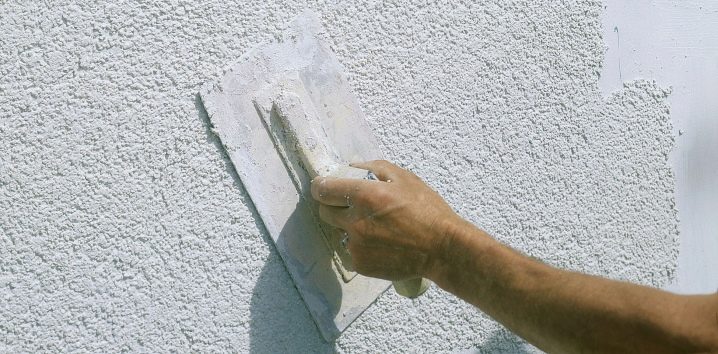
With the help of various materials: spatulas, sponges, brushes, they achieve interesting textures and reliefs. It is more convenient to apply the plaster together: one applies the mixture to the wall and distributes it evenly, the second creates texture, since the plaster dries quickly.
Paint as the main material for wall decoration is a budget and fairly quick option. It is imperative to pre-align the wall perfectly before painting, which can significantly reduce the area of \ u200b \ u200bthe room.
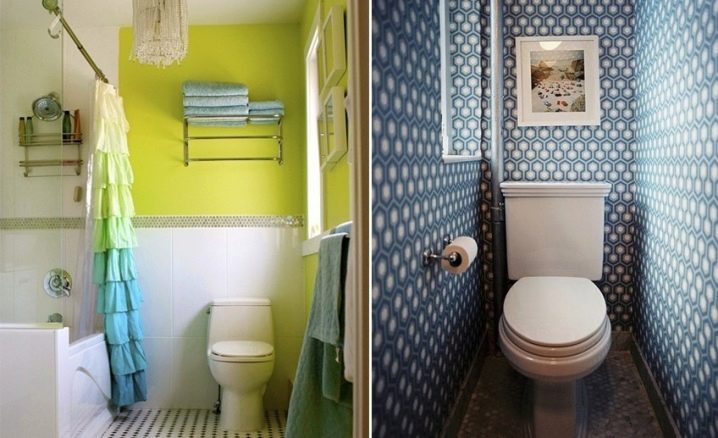
Water-dispersion compositions based on polymers are suitable for the toilet: latex, vinyl, acrylic, polyurethane paints. All of them dry quickly and do not have a pungent odor. A cheaper but less durable option is cement-based mineral paints.
Acrylic paint is the most inexpensive of the listed water-dispersion paint. Latex contains synthetic rubber, therefore, when solidified, it turns into a thin but durable film. A semi-gloss or semi-gloss texture is best suited. More matte colors mask unevenness better.

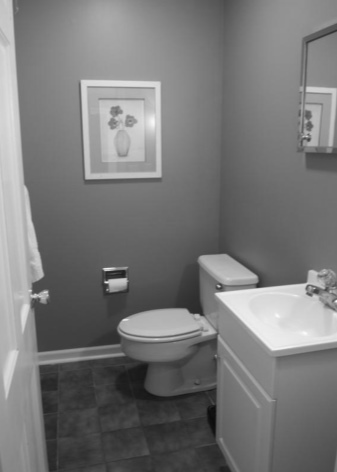
More expensive paints are silicone. In addition to good moisture resistance, they have the ability to pass air, which is more environmentally friendly and durable.
Of the advantages, you can single out a convenient color matching. It is enough to buy white paint and the color you like and paint on the spot to see how this or that shade will behave, depending on the lighting.
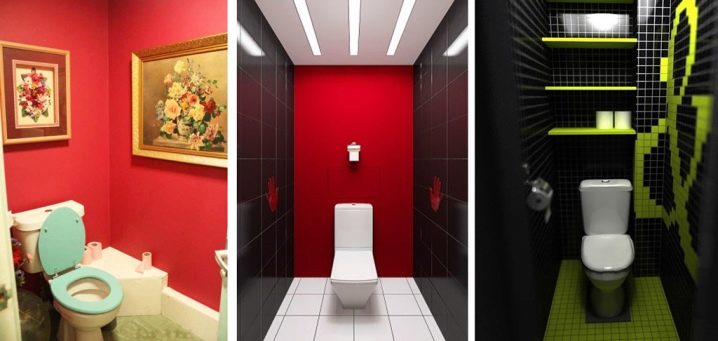
Design Tips
Summing up, let's recall the main trends of 2018, as well as the most relevant designer tips:
- Naturalness is in trend - textures of stone and wood.
- Environmentally friendly: using energy-saving appliances, recyclable or biodegradable materials.
- An ergonomic thoughtful layout in the most utilitarian room should be at the forefront when creating a design. Simplicity, functionality and minimalism are what you should strive for if you want to be at the height of fashion.
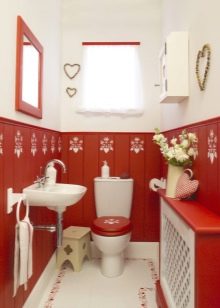

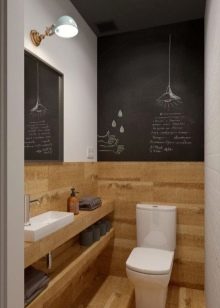
- Using mirrors to increase space.
- Contrasting grout for tiles: for example, a combination of white tiles and brown joints.
- Tile of interesting shape: "fish scales", hexagons, convex polygons.
- The use of a combination of different tiles in the decoration. You need a lot of taste for a successful selection of combined colors and patterns, but it looks very impressive.
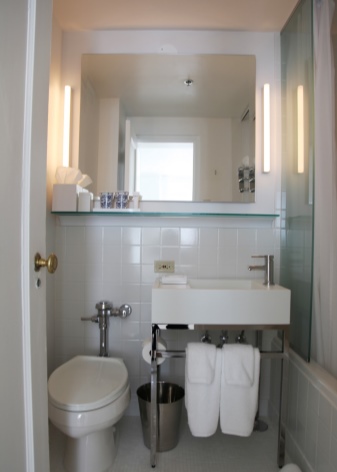
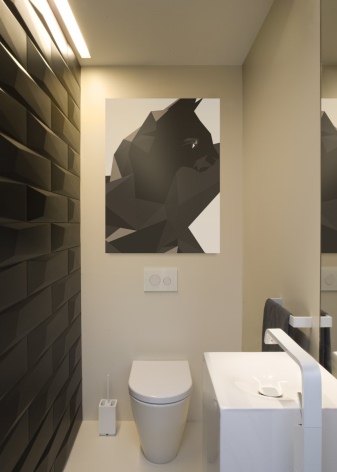
- The wall-hung toilet is the most convenient type of placement. Most designers use this option in their projects.
- With niches for placement of decor and additional contour lighting, they will create an intimate, cozy atmosphere.
- The lighting should be multilevel: the upper general light and at least 1-2 more additionally illuminated zones.
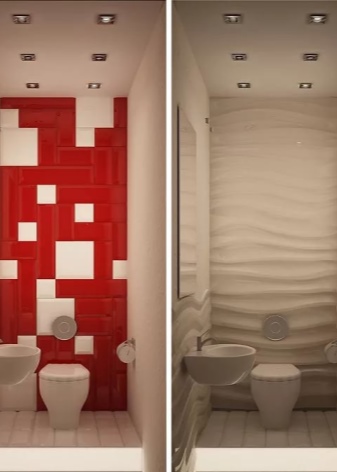
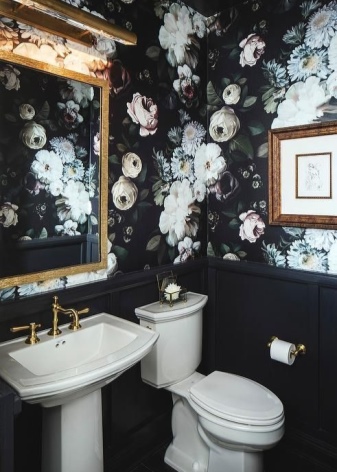
- In addition to black, white, gray, it is good to use complex multi-layered colors and shades.
- Leading designers note the growing trend to equip sanitary rooms in the spirit of residential: textiles, paintings, wallpaper, chandeliers. Of course, this will only be possible in a spacious room.
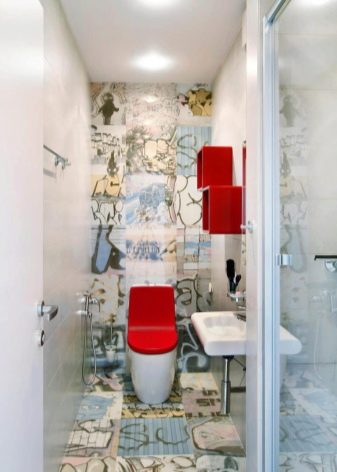
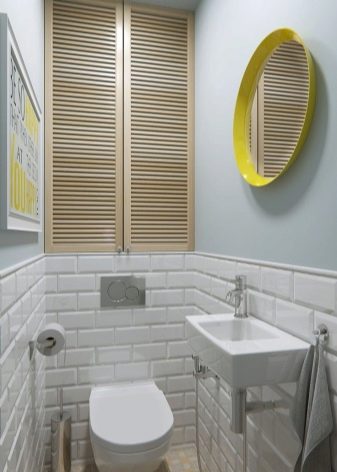
What, in the opinion of top designers, has definitely gone out of fashion a long time ago and should not be used:
- bulky curved shower cabins;
- clumsy tiles with borders, with poor resolution textures (not looking natural);
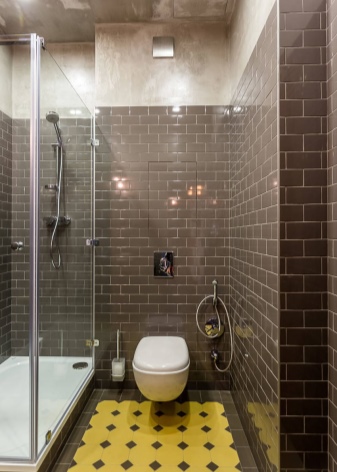
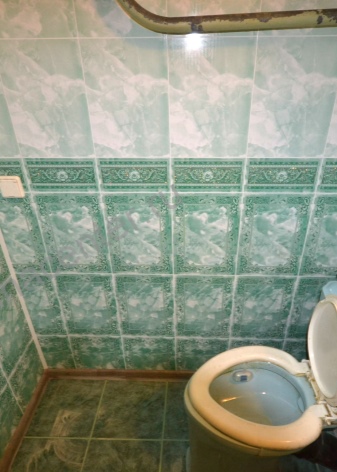
- cheap photowall-paper with realistic scenes of nature, city, underwater world and the like, washable "oilcloth" wallpaper;
- vinyl stickers;
- insanely shaped plasterboard structures.
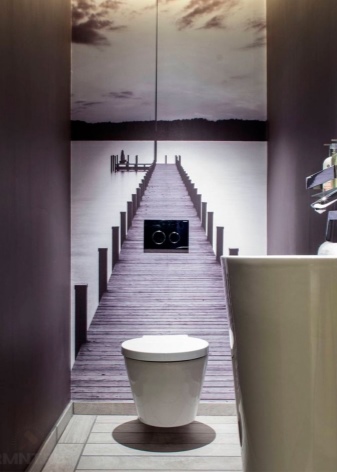
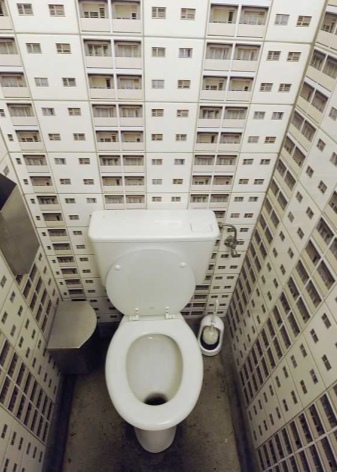
Interesting ideas and examples
Minimalism, hi-tech, black toilet and putty: sounds intimidating, but how delightful it can be done by professionals!
A room with a niche and a window in a rustic or nautical style: the use of wood, wicker accessories and intricate blue hues seems to transport us to an island lighthouse.
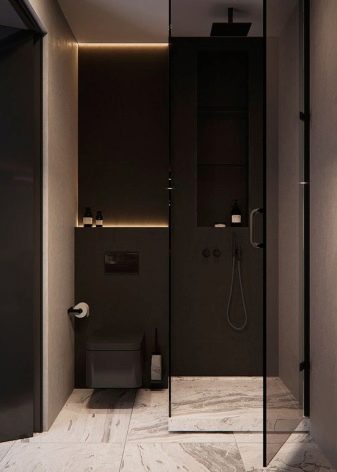
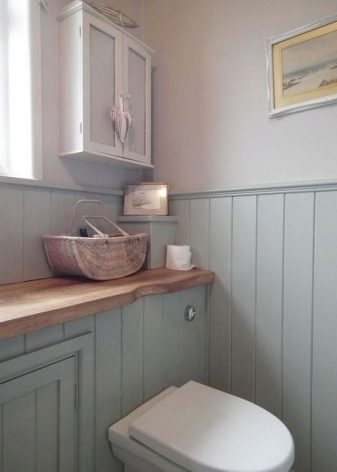
For the intricacies of decorating a toilet with ceramic tiles, see the video below.













The comment was sent successfully.